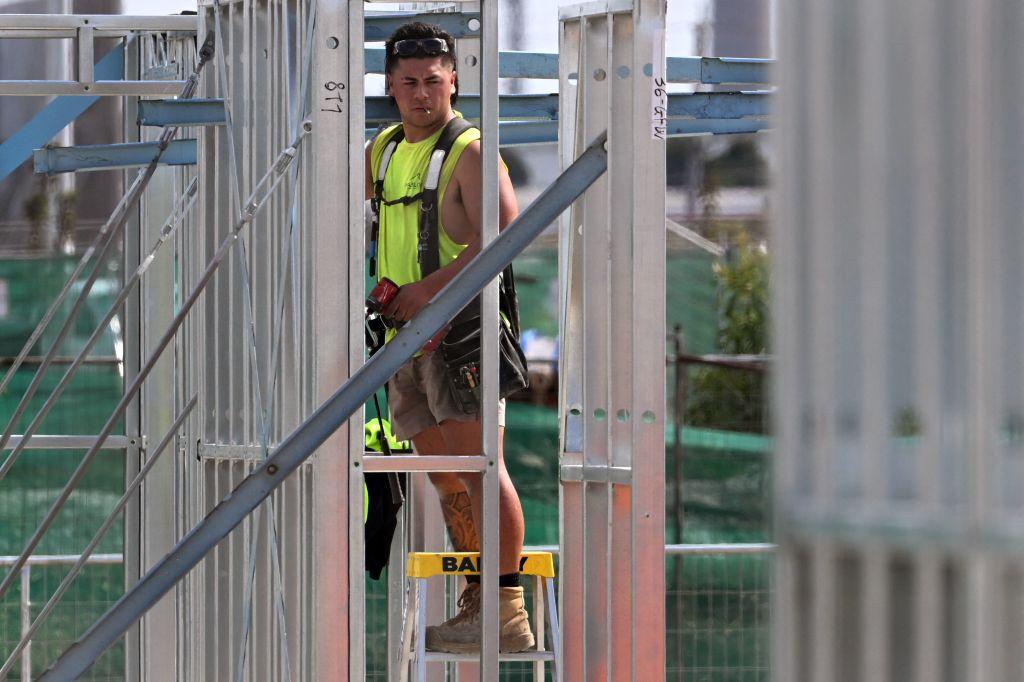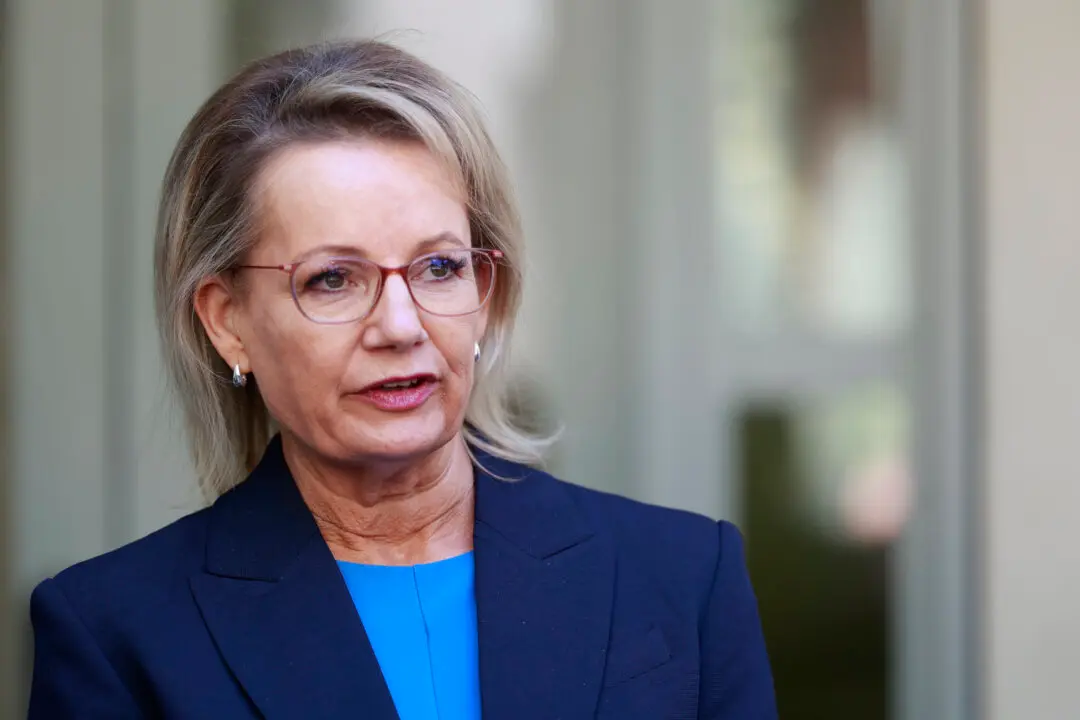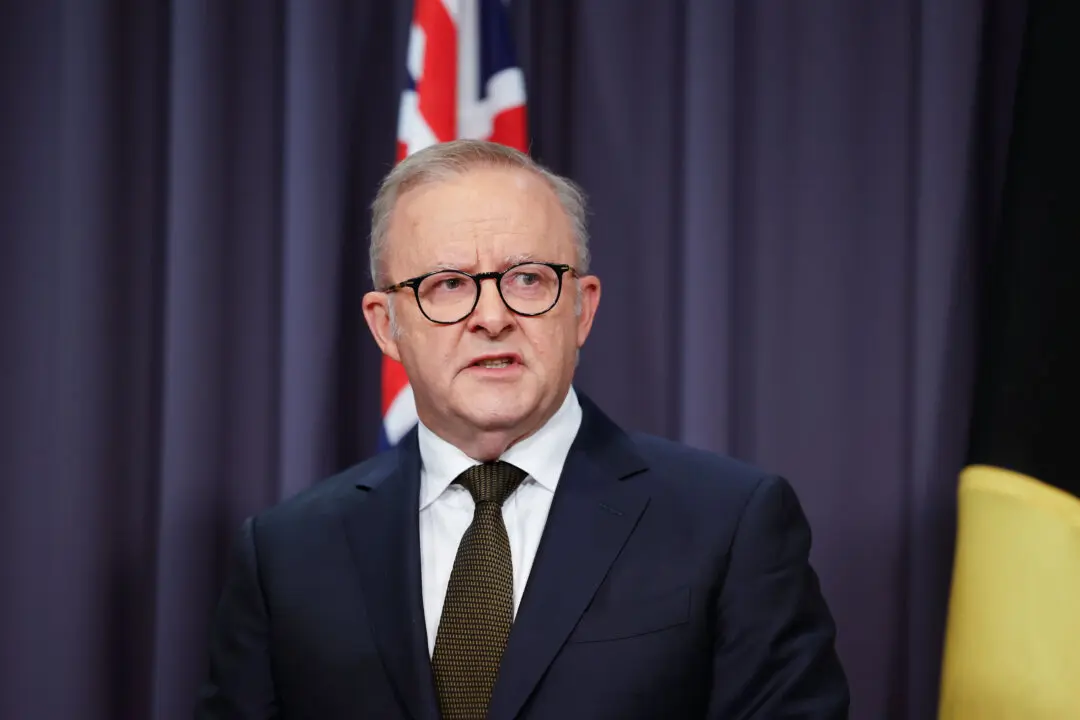The latest data from the Australian Bureau of Statistics (ABS) show that owner-occupier first-home buyer loans for August dipped 1.5 percent compared to July.
However, this slight decline contrasts sharply with a robust 9.2 percent increase from the same period last year, highlighting a strong year-on-year performance.





